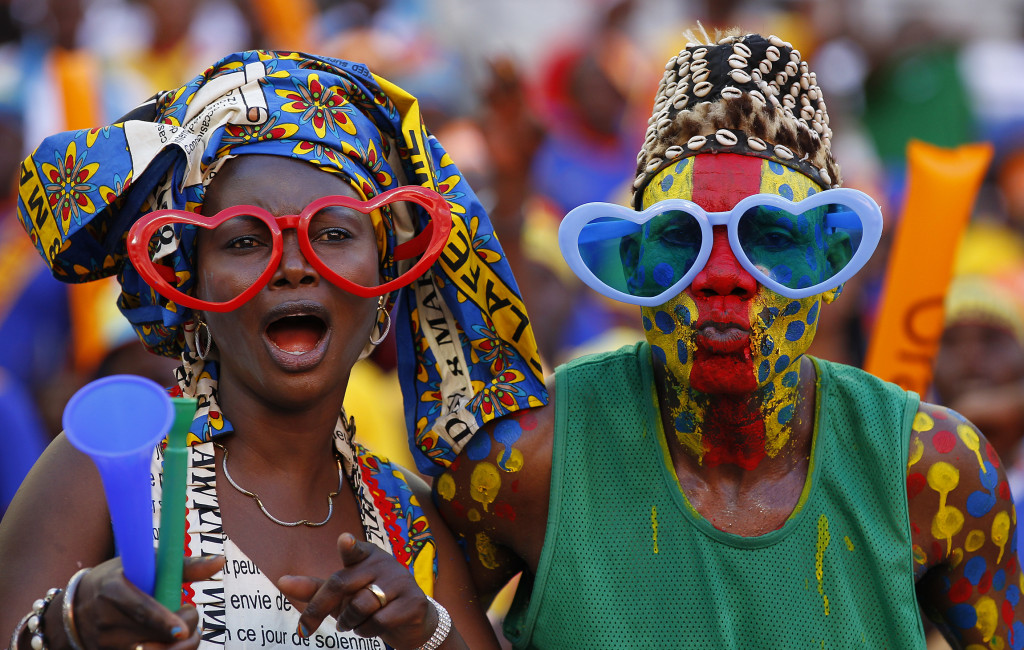I am very lucky to be working with Ted Matthews at AHO (link), who is completing a PhD in the area of  design and experience with a focus upon the ritual and sacred. The discussions we are having about service design and meaning are really useful, and are challenging some of the traditional thoughts about service design (lots more about this when Ted writes his PhD).
I just want to congratulate Ted on having an article published in Artifact (link). Its framed in academic language, but well worth the read. Ted raises the question of who should design a service that uses ritual or the sacred:
But then who would decide the form of these new kinds of touchpoints and what would their form be? Currently the designer gives form to these points of contact, but in the theory presented here, the intangible substance is something that is generated out of the community, in some way collectively co-produced.This might make it difficult to find these forms or at least add a layer of complexity where the customer would need to find a way to materialize a form of the collective will.
Ted is now designing improved service offerings for the Norwegian Football Federation (link – sorry, its in Norwegian) and has now spent over a month trying to answer the question of how to design ritualized services.
It seems that since customers (or in this case, football supporters) do not view their behaviour as ritualized, or understand the cultural basis for their behaviour, then they find it difficult to comment or articulate how a ritual could be provided. This seems to be a case where the designer has to culturally interpret the symbology of football and convert it into a service. I think this shows the difference between user-centric approaches and experience-centric approaches to design. The greater the focus upon experience, the greater the role of the designer as cultural intermediary.
Ted also challenges the idea of a touch-point, or at least most interpretations of touch-points, which view touch-points as being the tangibles of a service:
Perhaps touchpoints would need to be redefined as nonphysical; as a myth, as a complex ritual or even one as simple as a handshake.
This is something that we have been advocating for quite a while, and non-physical aspects such as myth, smell, sound are included as part of the touch-point cards (available free of charge here).
Teds work seems to challenge our view of how we design, who should design and the materials of service design. This relates to my recent post on Service Design and making meaning (link) and how we should design for experience. I think we can expect to see some interesting results coming from the football project, both in terms of new services but also in terms of new theory too – and that explains why its so great to work with design research (and Ted).
